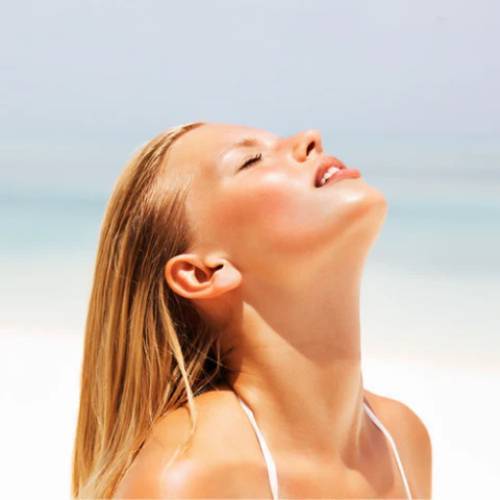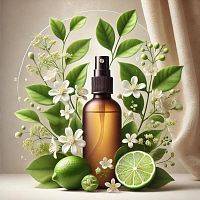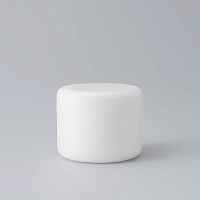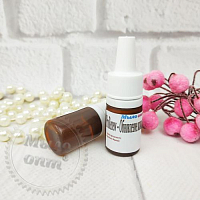-
 Absolutes
Absolutes
-
 Active Complexes
Active Complexes
-
 Actives and Peptides for Cosmetics
Actives and Peptides for Cosmetics
-
 Amino Acids
Amino Acids
-
 Food Flavorings
Food Flavorings
-
 Ayurveda
Ayurveda
-
 Vitamins
Vitamins
-
 Gelling Agents and Thickeners
Gelling Agents and Thickeners
-
 Hydrosols and Floral Waters
Hydrosols and Floral Waters
-
 Hydrolyzed Proteins
Hydrolyzed Proteins
-
 Fragrant and aromatic substances
Fragrant and aromatic substances
-
 Acids, Salts, Alcohols, and Alkalis
Acids, Salts, Alcohols, and Alkalis
-
 Preservatives and Antioxidants
Preservatives and Antioxidants
-
 Cosmetic Raw Materials
Cosmetic Raw Materials
-
 Dyes, Pearlescents, and Glitters
Dyes, Pearlescents, and Glitters
-
 Face Masks, Scrubs, and Dried Flowers
Face Masks, Scrubs, and Dried Flowers
-
 Oils, batters, macerates, oil mixtures
Oils, batters, macerates, oil mixtures
-
 Candle Supplies
Candle Supplies
-
 Melt and Pour Soap Bases
Melt and Pour Soap Bases
-
 Base for cosmetics, cream, serum, shampoo
Base for cosmetics, cream, serum, shampoo
-
 Fragrance Oils
Fragrance Oils
-
 Surfactants
Surfactants
-
 Peelings for Skin
Peelings for Skin
-
 Herbal Powders and Plant
Herbal Powders and Plant
-
 Silicones and Conditioning Surfactants for Hair
Silicones and Conditioning Surfactants for Hair
-
 Raw materials for dietary supplements
Raw materials for dietary supplements
-
 Packaging for Cosmetics and Perfumes
Packaging for Cosmetics and Perfumes
-
 Molds, Packaging, Tools
Molds, Packaging, Tools
-
 Organic Extracts
Organic Extracts
-
 Emollients for Cosmetics
Emollients for Cosmetics
-
 Emulsifiers
Emulsifiers
-
 Essential Oils
Essential Oils
Para-Aminobenzoic Acid (PABA): A Look at its Use in Cosmetics (Information for Ukraine)
Mylo Opt, your one-stop shop for cosmetic ingredients in Ukraine, offers a wide variety of ingredients to help you create effective and safe skincare products. While Para-Aminobenzoic Acid (PABA) was once a popular sunscreen ingredient, its use has declined in recent years due to potential drawbacks. This article explores the history, functionality, and current considerations surrounding PABA in cosmetics.
What is Para-Aminobenzoic Acid (PABA)?
PABA is a white, crystalline powder classified as a chemical sunscreen. It works by absorbing ultraviolet B (UVB) rays, the primary rays responsible for sunburns. When PABA absorbs UVB rays, it converts them into a harmless form of energy, protecting the skin from UV damage.
Historical Use of PABA in Cosmetics:
PABA was one of the first commercially available sunscreen ingredients, introduced in the 1970s. It offered effective UVB protection, making it a popular choice for many sunscreens.
Potential Drawbacks of PABA:
Despite its effectiveness, PABA has some potential drawbacks that have led to a decline in its use:
- Allergic Reactions: PABA can cause allergic reactions in some people, leading to skin irritation, redness, and itching.
- Photosensitivity: Certain individuals may experience increased sensitivity to sunlight when using PABA-containing sunscreens.
- Environmental Concerns: Some studies suggest PABA may harm coral reefs and other marine ecosystems.
Current Use of PABA in Cosmetics (Ukraine):
In Ukraine, regulations concerning PABA use in cosmetics may differ slightly from other countries. It's crucial to consult the latest regulations set by the Ukrainian State Service on Consumer Protection to ensure your cosmetic formulations comply.
Alternatives to PABA in Sunscreens:
Several safe and effective alternatives to PABA exist for UVB protection:
- Avobenzone: A broad-spectrum sunscreen that protects against both UVA and UVB rays.
- Oxybenzone: A broad-spectrum sunscreen offering strong UVB protection. However, similar to PABA, it may raise environmental concerns.
- Octinoxate: Another broad-spectrum sunscreen with good UVB protection, but potential environmental concerns exist.
- Zinc Oxide: A mineral sunscreen that offers broad-spectrum protection and is generally considered safe for most skin types.
- Titanium Dioxide: Another mineral sunscreen offering broad-spectrum protection and considered safe for most skin types.
Mylo Opt: Your Source for Safe and Effective Sunscreen Ingredients:
At Mylo Opt, we understand the importance of sun protection. We offer a wide variety of sunscreens and sunscreen ingredients that meet the latest safety standards and regulations in Ukraine. Whether you choose mineral or chemical sunscreens, we have options to suit your needs.
Here are some additional points to consider:
- Consult a dermatologist: If you have concerns about PABA or other sunscreen ingredients, it's best to consult a dermatologist for personalized recommendations.
- Look for broad-spectrum protection: Choose sunscreens labeled as "broad-spectrum" to protect against both UVA and UVB rays.
- SPF matters: Select a sunscreen with an SPF (Sun Protection Factor) of 30 or higher for optimal protection.
- Reapplication is key: Regardless of the sunscreen you use, reapply sunscreen every two hours, especially after swimming or sweating.
By understanding the potential drawbacks of PABA and exploring alternative sunscreen ingredients, you can make informed decisions about sun protection for yourself and your customers.
Mylo Opt remains committed to providing high-quality cosmetic ingredients and resources. We encourage you to explore our extensive selection of sunscreens and sunscreen ingredients to create safe and effective sun protection products.
"| INCI | PABA | |
| Other | ||
| Application | cosmetics, creams, ointments, serums, hair cosmetics | |
| Color product | from white to slightly yellowish beige | |
| Features | All information presented on the site is for reference only | |
| Input percentage | from 1 to 5% | |
| Minimum count | 1 | |
| Name | Para-Aminobenzoic Acid 1 kg | |
| Packaging | container for transportation | |
| Packing | 1 kg | |
| Properties | Not only can PABA prevent sunburn, it is also used as a gray hair darkening agent. There is evidence that para-aminobenzoic acid helps prevent hair loss and has a rejuvenating effect on the skin. Aminobenzoic acid is used in care products, decorative cosmetics and personal care products in various concentrations (from 1% to 15%). First of all, PABA is present in cosmetics and personal care products as a product filter to protect skin and hair from the sun. In addition to sunscreen series, this ingredient may contain self-tanners, shampoos and conditioners, moisturizing and cleansing lotions, products for the prevention and treatment of hair loss, and hair sprays. In the USA, the maximum permissible concentration of aminobenzoic acid in a cosmetic product is 15% (in Europe - 5.0%). | |
| Purpose | When applied to the skin, it absorbs ultraviolet rays, and this protects it from burns, premature aging of the skin and reduces the risk of developing melanoma and other forms of skin cancer. | |
| Solubility | in water | |
| View | crystals, powder | |
| Valid until | 09.2026 | |
-
Date:todayAuthor:Наталья, ЙоркReviews
Велике спасибі за чудові товари.
Date:todayAuthor:Галина, ЛуцкReviewsОчень удобно, что на сайте есть возможность фильтровать товары по цене и бренду.










 Add to cart
Add to cart Buy in 1 click
Buy in 1 click

 Add a review
Add a review To favorites
To favorites To compare
To compare













